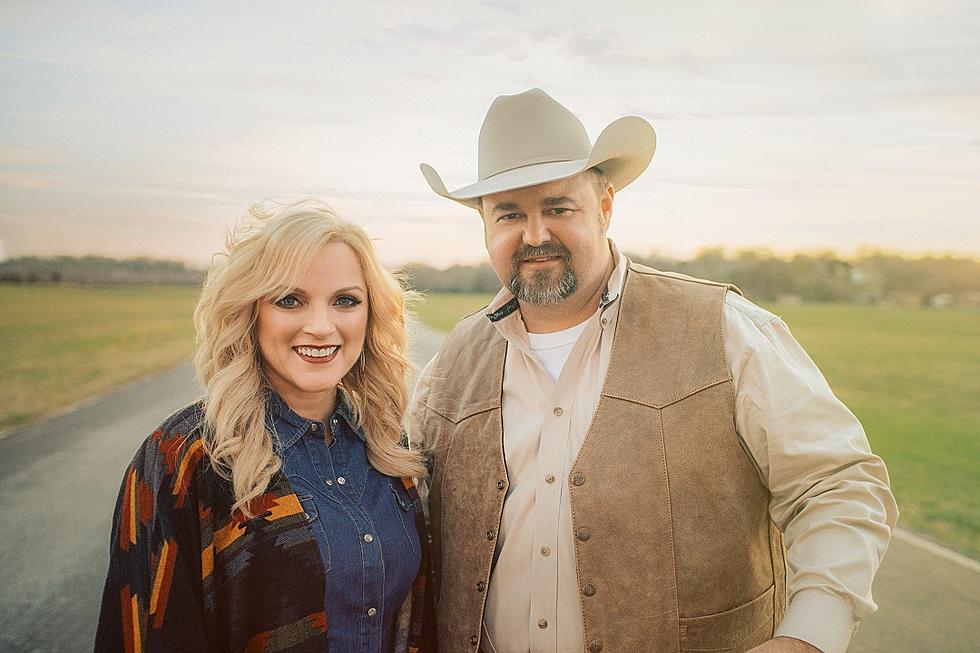Introduction

“One” is a song by renowned American bluegrass musician Rhonda Vincent, released as the title track of her 2000 album One. Written by popular bluegrass songwriter and musician Louisa Branscomb, the song blends traditional bluegrass elements with heartfelt storytelling, which helped propel Rhonda Vincent’s career as one of the leading female voices in the genre.
Released as a single in 2000, “One” is an emotionally charged ballad that explores themes of love, loss, and the complexity of relationships. The song tells the story of a person contemplating the effects of a broken relationship and the realization that despite the heartache, love still lingers. The narrator reflects on the singularity of their feelings, underscoring the idea that love—though sometimes painful—is profound and irreplaceable. With its poignant lyrics and Vincent’s powerful, expressive vocal delivery, “One” struck a chord with listeners who resonated with its themes of heartache and longing.
“One” was a significant milestone in Rhonda Vincent’s career. At the time of its release, she had already established herself as a skilled musician, but this song helped to broaden her reach beyond the bluegrass community, earning her recognition across different music circles. The song received critical acclaim for its blend of traditional bluegrass instrumentation and its emotionally compelling lyrics, with many praising Vincent’s ability to convey deep emotional themes through her music.
The success of “One” was also reflected in its performance on the charts, where it became a top 10 hit on the Billboard Bluegrass Chart and contributed to the album’s commercial success. The track, alongside others from One, helped solidify Vincent’s reputation as one of the most prominent figures in modern bluegrass music, and it continues to be a standout in her discography.
“One” remains an important part of Rhonda Vincent’s legacy, showcasing her ability to convey emotional depth through bluegrass music. The song stands as a testament to her talent and her role in keeping the bluegrass tradition alive while also modernizing it for contemporary audiences.
Video
Views: 1